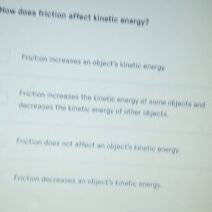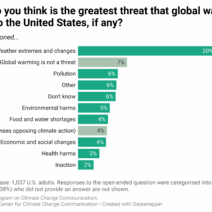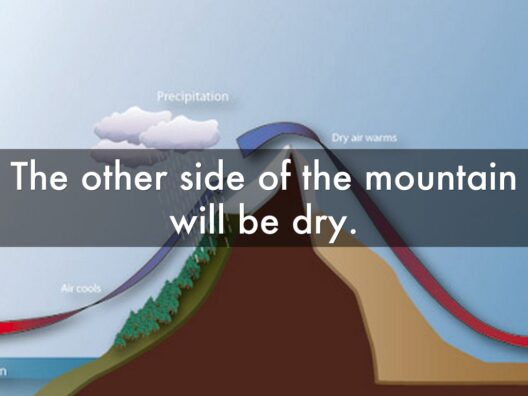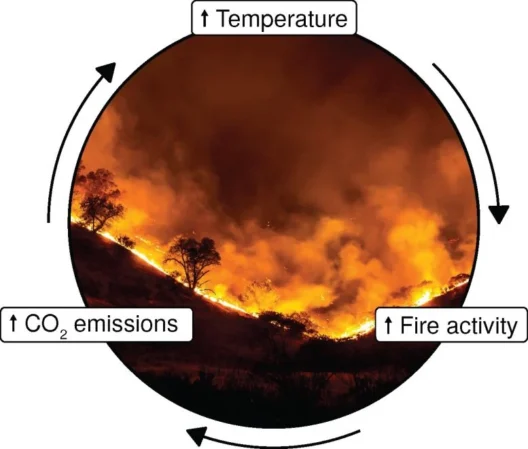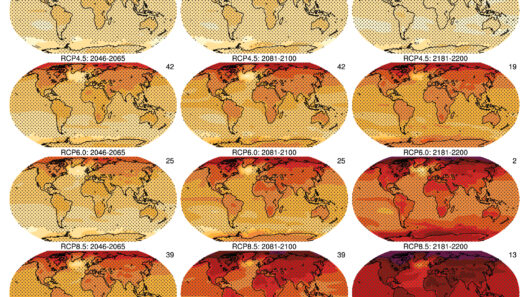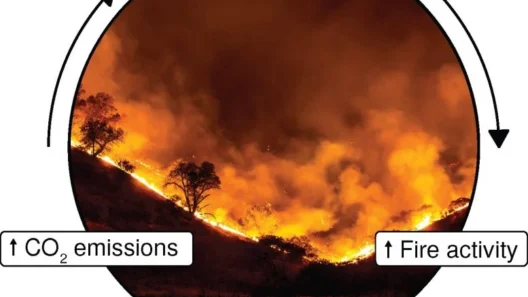Understanding the distinctions between weather and climate is paramount, especially within the context of contemporary environmental discourse. The terms often collide in casual conversation, but the importance of delineating between the two cannot be understated, particularly in an era characterized by dramatic climate shifts and unprecedented weather phenomena.
Defining Weather and Climate
Weather refers to the short-term atmospheric conditions in a specific region. Variables such as temperature, humidity, precipitation, wind speed, and atmospheric pressure collectively determine the weather. It can fluctuate dramatically from one moment to the next, presenting either a beautiful sunny day or a ferocious storm.
In contrast, climate encompasses the long-term patterns and averages of weather over an extended period—typically 30 years or more—within a particular area. Climate captures the essence of regions; tropical climates featuring humid warmth contrast sharply with arid climates, which are defined by their lack of moisture and significant temperature shifts.
The Significance of the Distinction
The distinction between weather and climate is not merely academic. It carries profound implications for policy-making, environmental strategy, and community preparedness. Misunderstanding these concepts can lead to misguided responses to environmental challenges. For instance, an unusually mild winter may prompt perceptions of a warming planet, yet such localized experiences do not capture the broader climatic trends indicated by extensive scientific research.
This differentiation also informs how we interpret events and their implications for our ecosystems. Extreme weather events, attributed to climatic shifts, underscore the critical nature of understanding these terms. As audiences engage with climatic narratives, they often conflate individual weather events with overarching climatic trends, leading to misinformation that can hinder effective decision-making.
Weather: Variability in Real-Time
The dynamism of weather systems is fascinating. Meteorologists employ technology and data analytics to predict weather patterns, using radar and satellite imagery to monitor atmospheric conditions. Weather can provide immediate insights and spur critical planning; for instance, notifying communities of impending severe storms can save lives and property.
However, due to its variability, weather predictions possess inherent uncertainty. A forecast calling for sunny skies may be upended by unexpected cloud formation, emphasizing the ephemeral nature of atmospheric phenomena. As such, individuals often acclimatize to localized weather fluctuations, becoming accustomed to carrying umbrellas or checking forecasts before venturing out.
Climate: The Long-Term Perspective
In stark contrast, climate represents stability and constancy over decades, allowing for the identification of patterns and systemic changes. Researchers analyze historical data and utilize climate models to discern trends—predicting phenomena such as shifts in agricultural viability, sea-level rise, and the increasing frequency of extreme weather events correctly depends on this long-term perspective.
Understanding climate involves rigorous data collection and interpretation. Climate scientists often engage in interdisciplinary approaches, synthesizing information across fields such as oceanography, geology, and atmospheric science. This intricate interplay leads to forecasts regarding future climate conditions, assisting policymakers in formulating strategies to mitigate adverse effects, adapt systems, and enhance resilience within communities.
Human Perception and Misconceptions
There is a growing need to address common misconceptions surrounding weather and climate. For instance, individuals may interpret a particularly hot summer as definitive proof of climate change, disregarding seasonal variability inherent in weather phenomena. This misperception can promote skepticism regarding scientific consensus on climate issues.
Promoting an accurate understanding of these terms is imperative to foster informed public discussions and mitigate climate-related misinformation. Educational initiatives emphasizing the distinctions between weather and climate can empower individuals, enabling them to approach environmental challenges with a well-rounded perspective that appreciates both immediate and long-term considerations.
Impact on Climate Change Dialogue
The conversation around climate change is often clouded by misunderstandings related to weather versus climate. Political debates frequently surface, where decision-makers may cite weather events to dismiss emerging climate data, arguing against the extraordinary shift that scientists predict. This disconnect complicates the dialogue surrounding climate action, emphasizing the necessity for clarity.
By strengthening public understanding of climate complexities and conveying the implications of climate phenomena, society can foster more informed discussions surrounding energy policies, conservation strategies, and sustainable practices. Community engagement that promotes the comprehension of climate science enhances collective efficacy in responding to climate-related challenges.
Concluding Thoughts
A comprehensive grasp of the distinctions between weather and climate cultivates both awareness and action. As individuals become better informed, the capacity for effective advocacy and implementation of sustainable practices increases. Understanding the synergy between immediate atmospheric occurrences and long-term climate trends imparts the necessary insights needed to navigate the crucial environmental issues that plague our planet today.
Ultimately, distinguishing between weather and climate is not merely a matter of semantics; it is foundational to informed environmental stewardship that influences individual choices, policy development, and societal progress. Emphasizing education on this topic is vital in the pursuit of cohesive strategies for addressing the environmental challenges that lie ahead.

